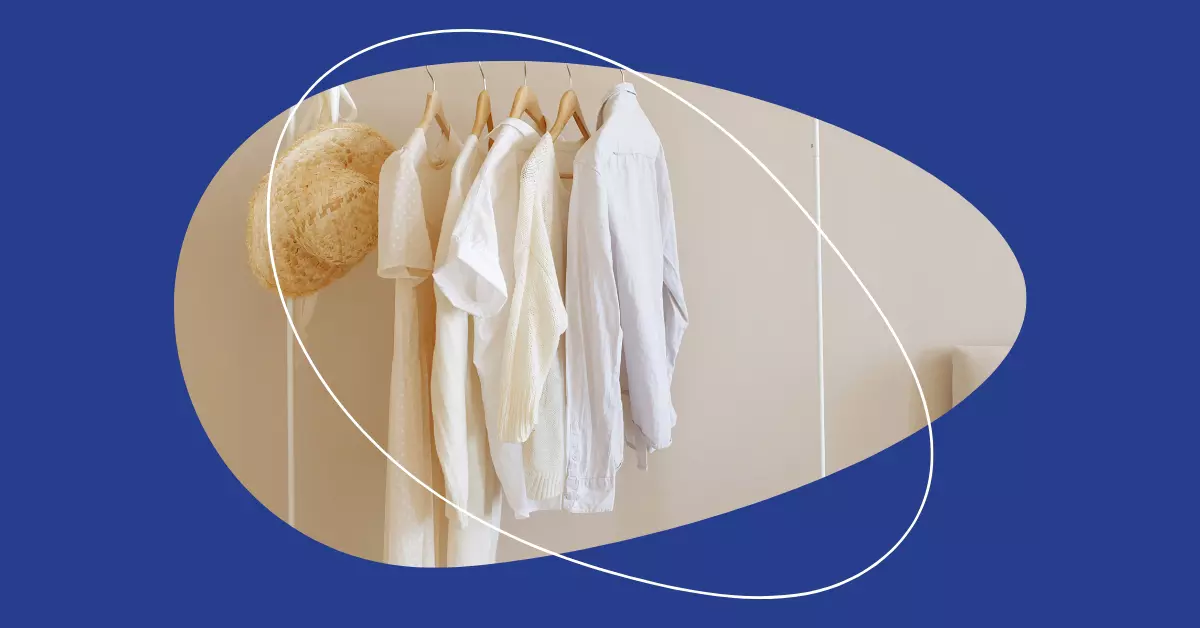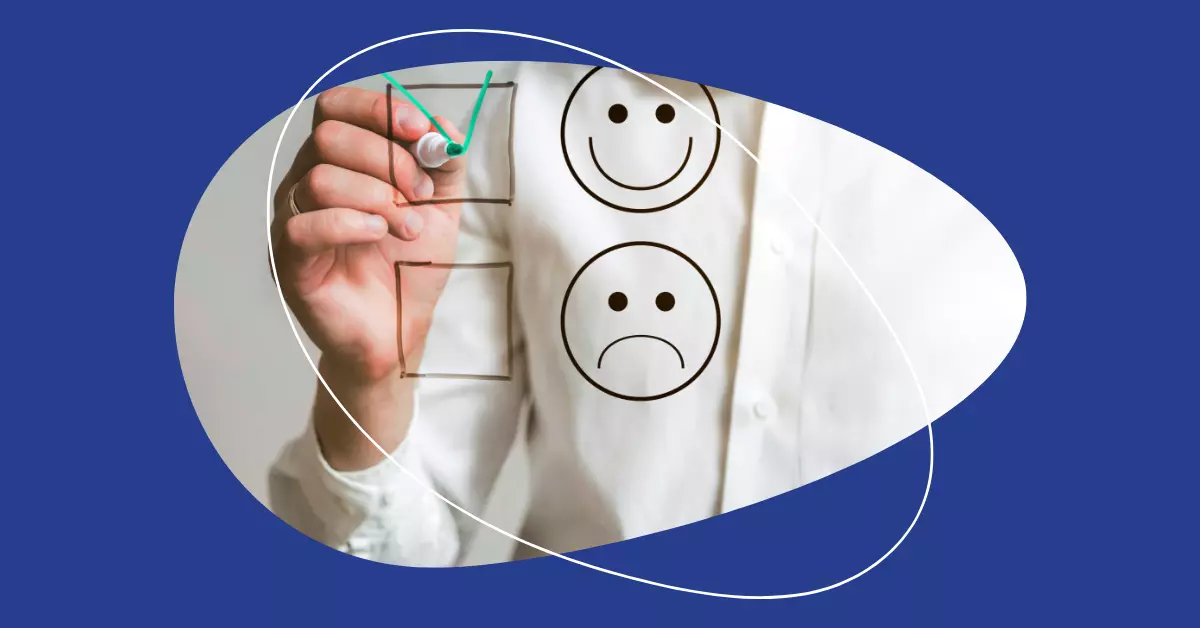Sustainable Clothing: Everything You Should Know

Table of Contents
What is the problem?
The environment consists of many exhaustible resources. Our current rate of their consumption could – and likely will – lead to their depletion, damaging the environment, potentially irreparably.
Therefore, it becomes imperative for us to judiciously use our resources.
How is the clothing industry endangering the environment?
The clothing industry has a huge impact on the environment. It needs to understand this and work towards sustainability.
-
Consumes 1/10th of all water industrially
-
They absorb four times more moisture than cotton, helping to prevent sweaty feet
-
Dyeing of textiles is the second-largest global water polluter
-
Microplastics from synthetic material land in oceans and harm the marine ecosystem
-
Viscose results in a large amount of greenhouse gas emissions
What is sustainability?
According to Brundtland Commission's Report, sustainability means meeting current demands without compromising those of future generations.
The concept of sustainability is broken down into three "pillars":
Environmental: Conserving the environment and protecting global ecosystems.
Economic: Practises that support long-term economic growth without negatively impacting the environment as well as important social and cultural aspects of communities.
Social: Relates to processes like social equity, human rights, labour, decent working conditions, social responsibility and justice, community resilience and cultural competence etc.
Business and governmental sustainability are becoming common. However, corporate sustainability is not equivalent to environmentalism. There are two categories of sustainable business practices as Harvard Business School lists:
-
Cutting down emissions
-
Lowering energy consumption
-
Sourcing raw materials from organizations involved in fair trade
-
Ensuring proper disposal of waste
-
Reduction in carbon footprint
-
Using renewable forms of energy instead of fossil fuels
Importance of sustainability
Sustainability gives us a promise for the future. It improves quality of life, protects flora and fauna, and preserves natural resources.
Some benefits of embracing sustainability are:
-
Ensuring the future: Regardless of our nationality, ethnicity, or gender, we are under an obligation to protect the environment for future generations.
We need to understand that our choices make an impact, and that impact can be positive.
-
Reduced Energy Usage: Sustainable practices lead to a reduction in long-term energy costs.
Switching to energy-efficient equipment, reducing long-term electrical costs, and using solar and wind energy and energy-efficient lighting are some of the initiatives that businesses can take to become sustainable.
-
Healthy Habitat: Renewable resources will help improve air quality and water quality and reduce waste in landfills, thus improving the quality of life in society.
What is sustainable clothing?
Any clothing brand that consciously creates fashion keeping in mind the environment and humanity is a sustainable fashion brand.
For this, the goal of the brand should be to reduce its impact on the environment in whichever ways possible.
Why do we need sustainable clothing?
-
Saves the environment: switching to ethical fashion significantly helps us lower the impact on the environment.
Making new clothing requires new resources and less than 1% of used clothing is recycled. The industry ends up using 98 million tons of resources such as oil to produce synthetic fabrics, fertilizers, and chemicals for dyeing.
Eco-friendly clothing is long-lasting. It is much easier to recycle and repurpose. It also reduces pressure on resources as a lot of steps in production are skipped.
-
Reduces carbon footprint: Many of our clothes are petroleum and fossil-fuels based.
Sustainable clothing utilizes materials from natural fibers that require very little chemical treatment, water, and fertilizer.
-
Saves animals: The clothing industry exploits animals to a great extent to mint profits. The leather industry, alone, is estimated to slaughter 430 million animals annually to sustain its business.
Sustainable clothing embraces cruelty-free alternatives. The industry has found alternative materials such as:
-
Polyester: It can now be produced from ocean trash
-
Bags: created by recycling seatbelts
-
Compostable sneakers that are plant-based
-
Silk created from yeast
-
Vegan wool that is bio-fabricated
-
Saves water consumption: Water is a major resource required by the clothing industry. It is used in dyeing, bleaching, and cleaning the products manufactured.
Hundreds of litres of water are required to produce the cotton required for one t-shirt.
By contrast, fabrics like organic cotton and bamboo consume less water for their production.
-
Healthier for people: Fast fashion often requires fertilizers to produce fabrics, chemicals for dyeing, and bleaching.
These chemicals affect our health and cause diseases, even deaths in some cases, among farmers. They also cause serious birth defects in children.
How is Talking Sox making a difference?

Bamboo socks are a great addition to an ever-green wardrobe.
We, at TalkingSox, understand our collective responsibilities toward the environment. We challenge the notion that ethical and sustainable fashion is boring.
Some of the ways we are committed to contributing to sustainability, health and design are:
-
Using eco-friendly materials: Our socks are made from bamboo fiber. Bamboo is 100% natural and biodegradable. It can be easily recycled.
-
Odor-free technology: Bamboo socks are excellent in providing ventilation. They have small holes that absorb moisture quickly and keep your feet feeling fresh and dry.
-
Starting from the making of the bamboo fiber to storing the socks, we don't use insecticides or pesticides.
-
Biodegradable packing material: Our packaging has been curated keeping in mind our goals towards sustainability. We ensure that all the packaging material is hand-made, easily recyclable, and biodegradable.
-
Our entire supply chain is local: While this may not seem like a huge goal, this step helps reduce energy consumption.
A lot of times when organizations import products from other cities, it adds to transportation costs and harms the environment.
For your eco-friendly socks needs, check out our collection of socks here!
Conclusion
Our every step decides where we lead our future generations.
Sustainable clothing is the way to go. If this resonates with you, shop for sustainable clothing today.
Your one small choice will be a great step for humankind.







